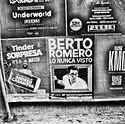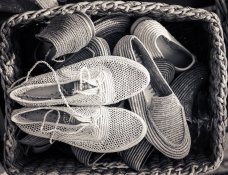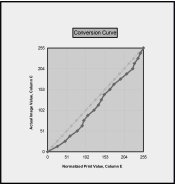Minas Stratigos
Member
Seeking the expert advise of the forum members once more regarding my paper white highlights.
Original image attatched along with the image of two prints. Top print is 6 mins single coat, Bottom print is double coated (all coats same mix), 8mins 32secs (half stop increase in exposure since the first image obviously needed more exposure). My base exposure is 6 mins, this is the time used to develop my curve.
The original image highlights were shifted a bit down to RGB 235 before printing the negative on pictorico ultra premium with my curve applied on EpsonP600. FO is 7drops C is 5 drops Pt 2drosm and Pd 10 drops, ammonium citrate developer. What can possibly be the error, its not the first time i get such paper white highlights but i havent managed to fix them, any suggestions?
Should I just keep my highlights below a certain RGB value not to blow them ( i have no idea what this value can be)
Your help is always appreciated.
Minas
Original image attatched along with the image of two prints. Top print is 6 mins single coat, Bottom print is double coated (all coats same mix), 8mins 32secs (half stop increase in exposure since the first image obviously needed more exposure). My base exposure is 6 mins, this is the time used to develop my curve.
The original image highlights were shifted a bit down to RGB 235 before printing the negative on pictorico ultra premium with my curve applied on EpsonP600. FO is 7drops C is 5 drops Pt 2drosm and Pd 10 drops, ammonium citrate developer. What can possibly be the error, its not the first time i get such paper white highlights but i havent managed to fix them, any suggestions?
Should I just keep my highlights below a certain RGB value not to blow them ( i have no idea what this value can be)
Your help is always appreciated.
Minas
Attachments
Last edited:












